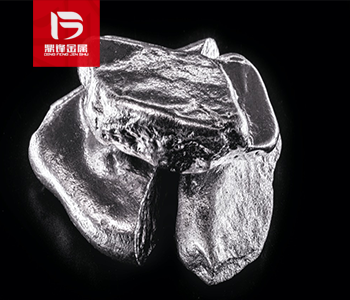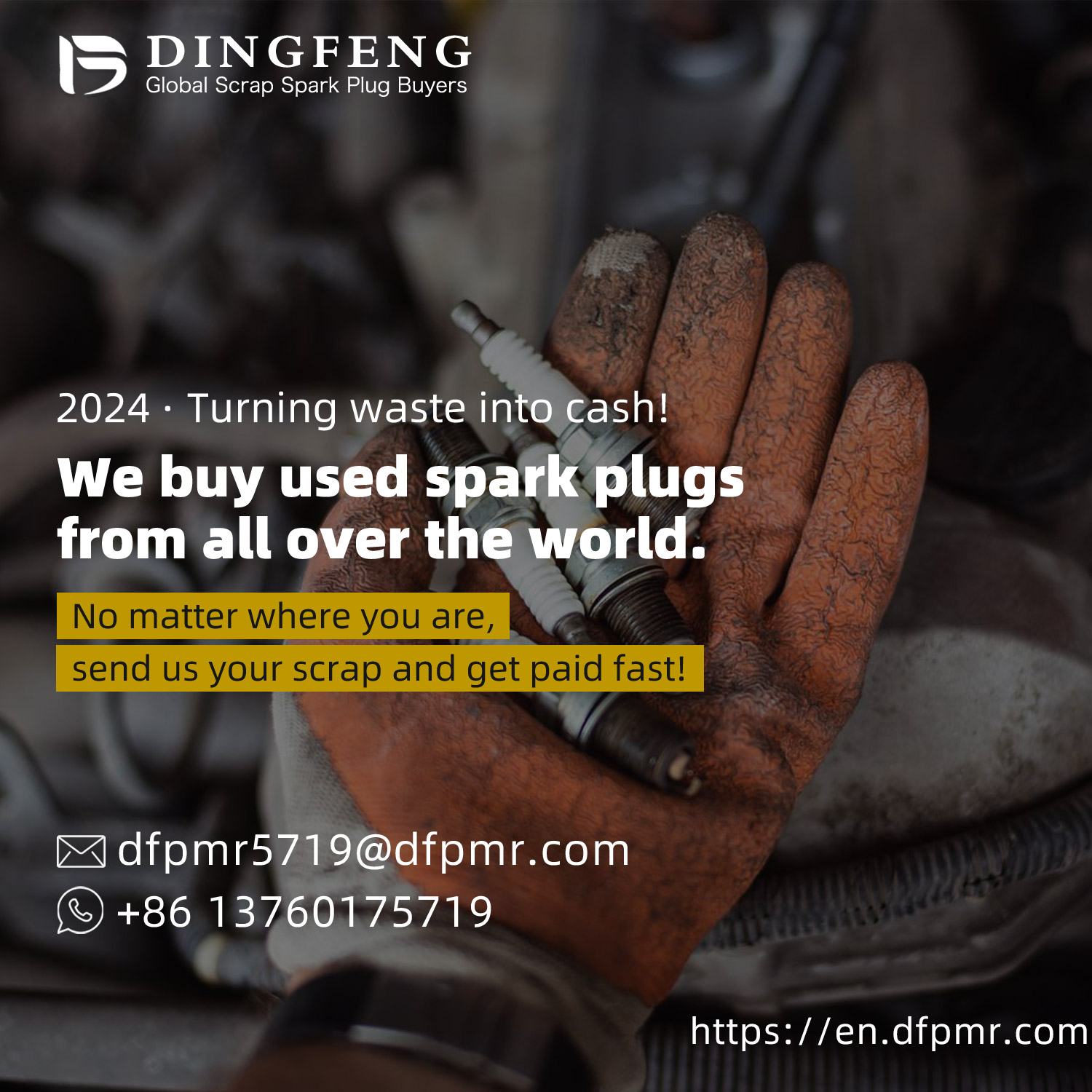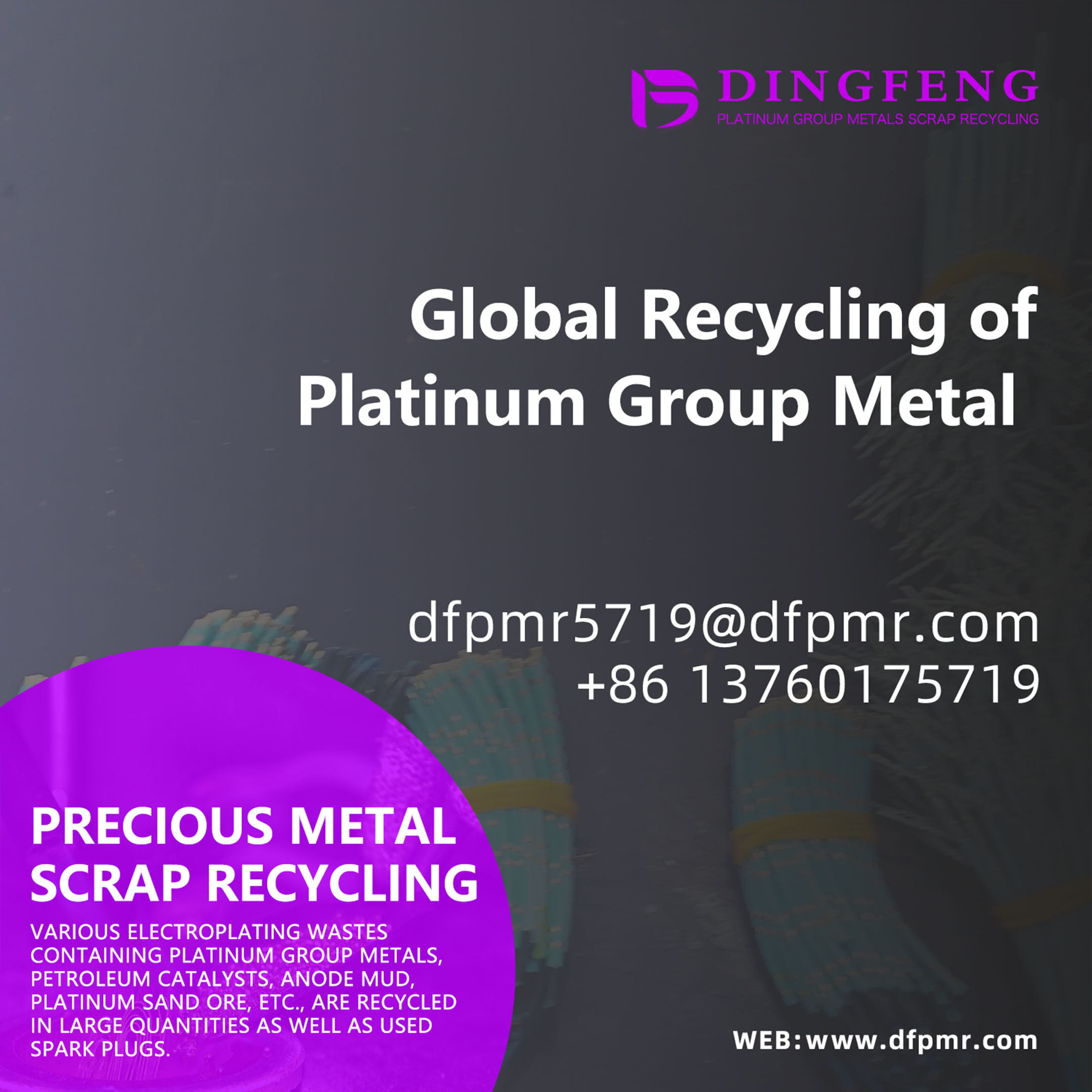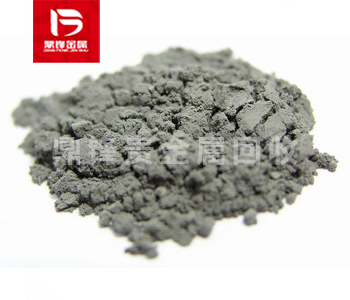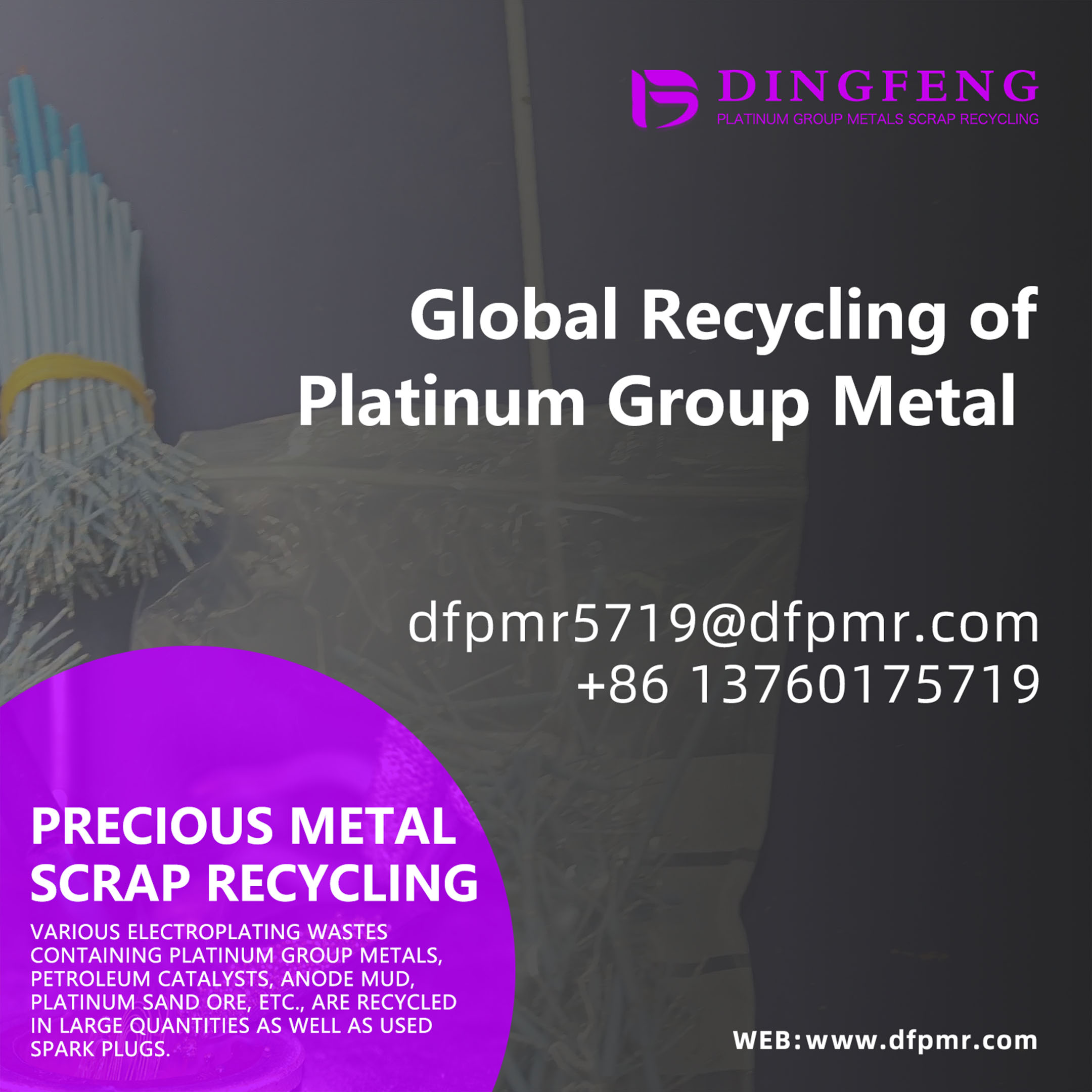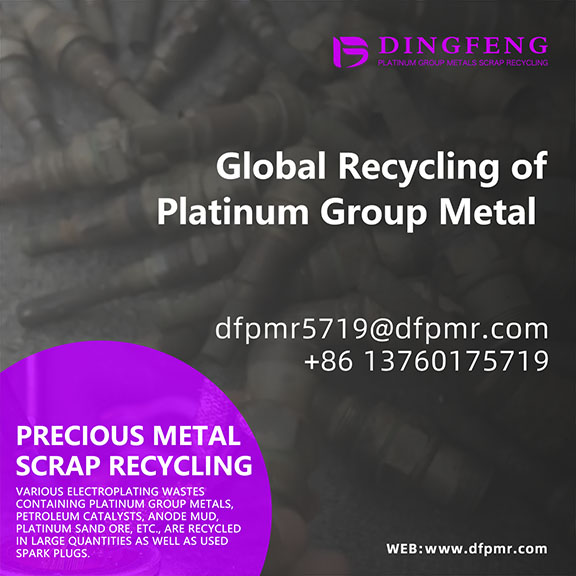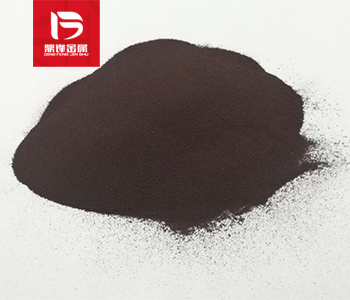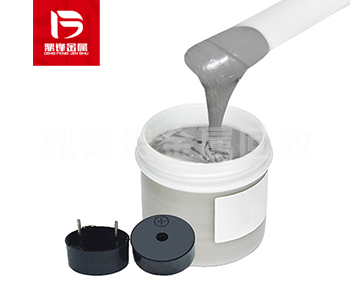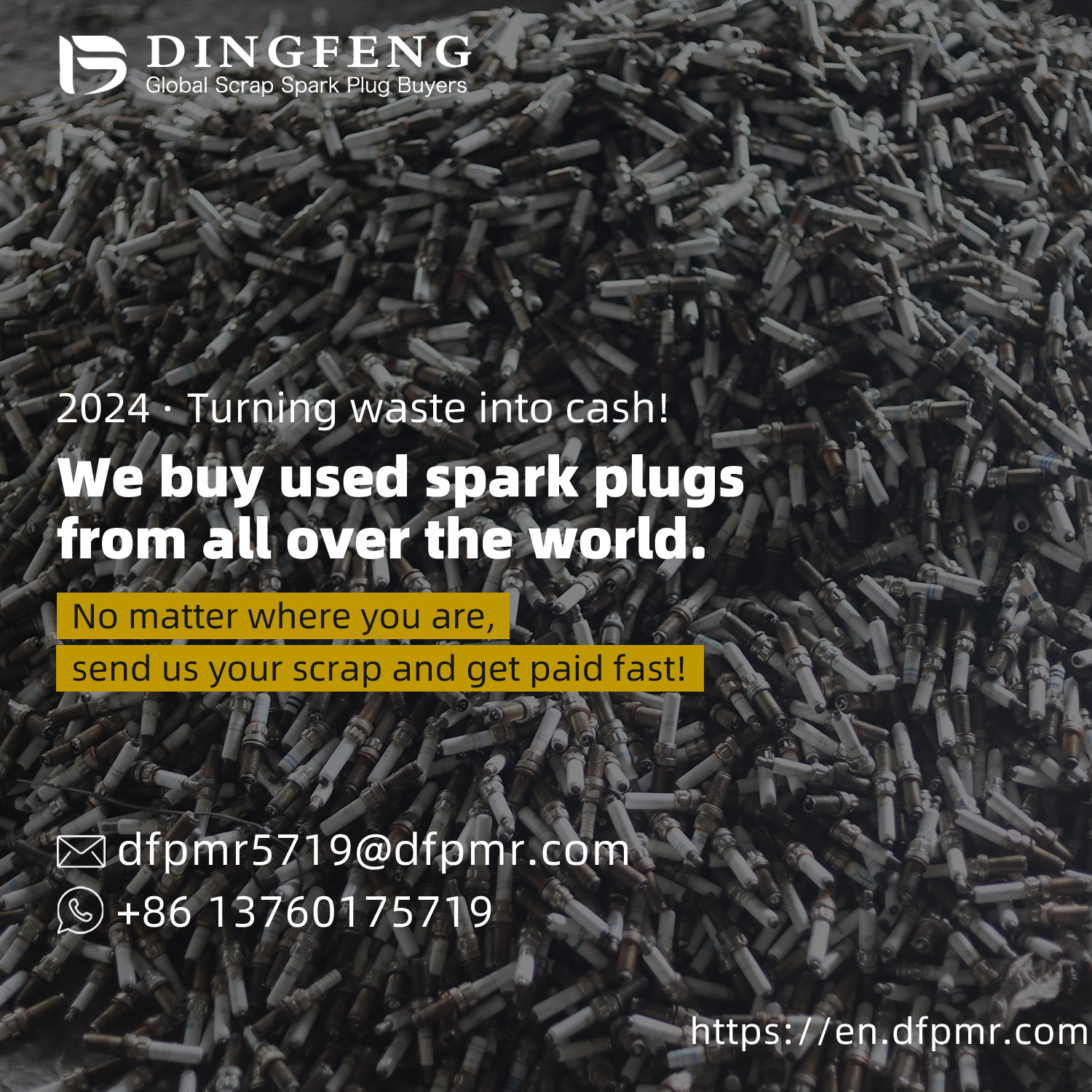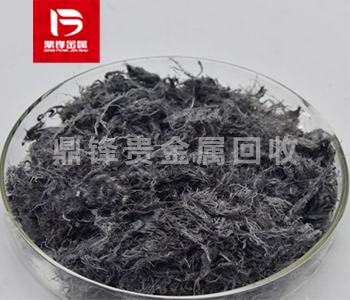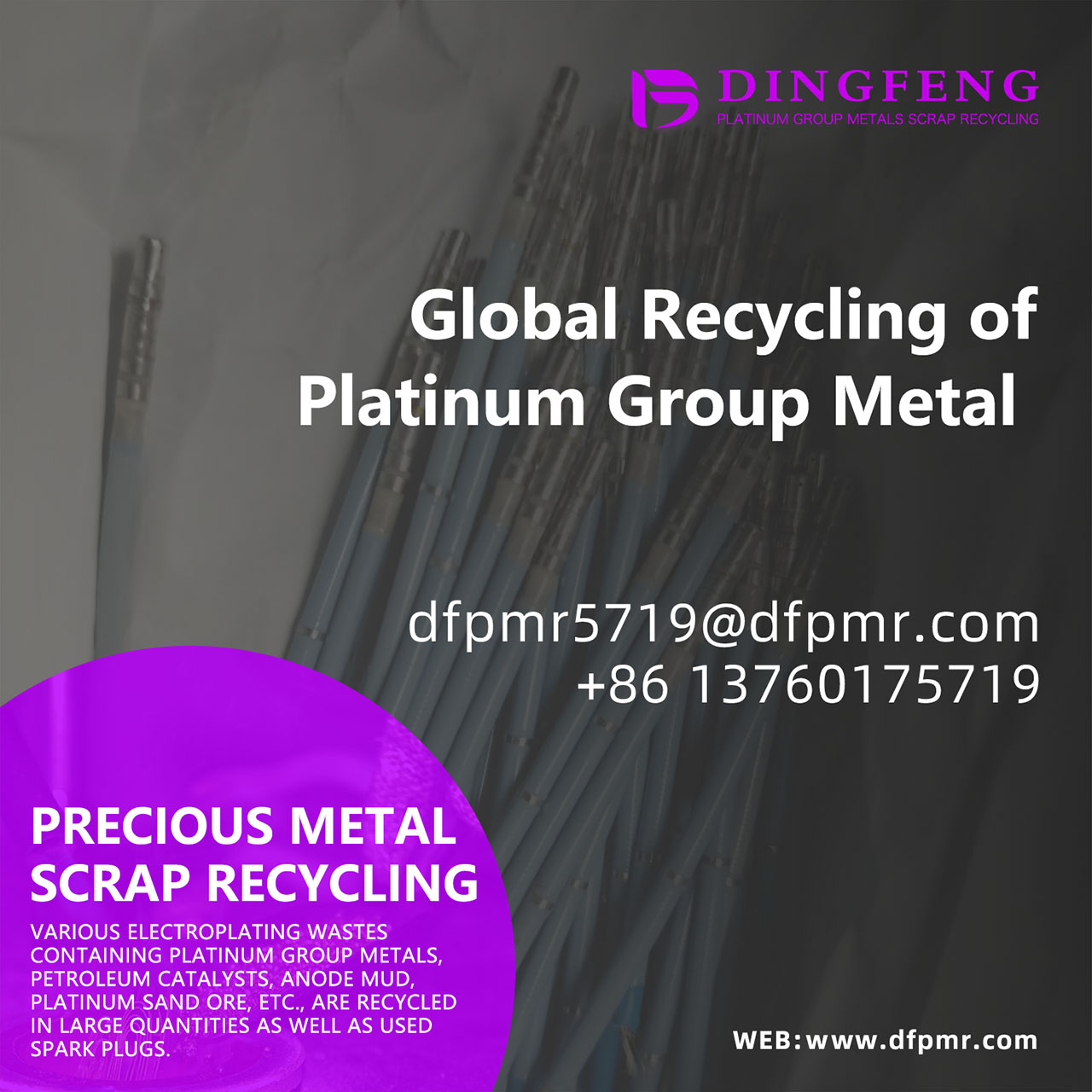The Technical Process of Recovering Rhodium from Catalysts
At Dingfeng Precious Metals, we specialize in the professional recovery and refining of rhodium from all types of catalysts. Our advanced technologies and strict process management ensure high recovery rates, consistent purity, and minimal environmental impact.
Product Details
Rhodium is one of the most critical and valuable precious metals used in modern industry. Its unique catalytic properties make it indispensable in automotive catalytic converters, chemical production, and refining processes. However, because rhodium is extremely rare and costly to mine, recovering it from used catalysts has become a key practice in maintaining both economic efficiency and environmental sustainability.
At Dingfeng Precious Metals, we specialize in the professional recovery and refining of rhodium from all types of catalysts. Our advanced technologies and strict process management ensure high recovery rates, consistent purity, and minimal environmental impact.
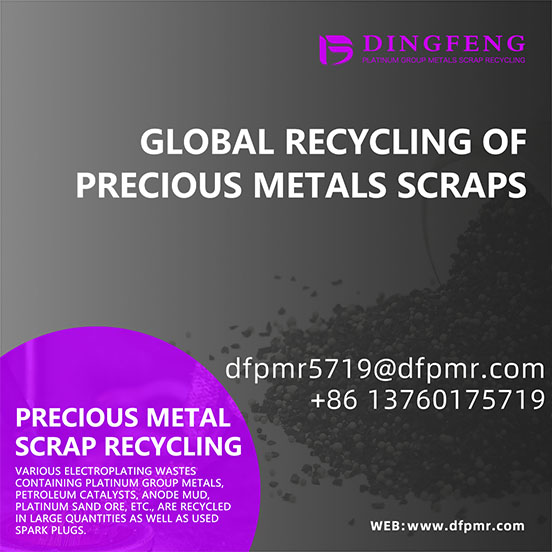
Understanding Rhodium Catalysts
Rhodium catalysts are widely used in industries for their ability to accelerate chemical reactions without being consumed in the process. The most common applications include:
Automotive Catalytic Converters: These devices use rhodium to convert harmful exhaust gases such as nitrogen oxides into harmless nitrogen and oxygen.
Chemical Industry Catalysts: Rhodium is used in nitric acid and acetic acid production, as well as in hydrogenation reactions.
Petrochemical and Refining Catalysts: Employed to increase efficiency and yield in fuel and chemical production.
Over time, catalysts lose their effectiveness due to contamination or structural degradation. However, they still contain valuable rhodium that can be efficiently recovered through professional recycling.
Step 1: Collection and Material Assessment
The recycling process begins with the careful collection and classification of rhodium-bearing catalysts. At Dingfeng Precious Metals, each batch is analyzed using precise spectrometric and assay techniques to determine the rhodium content and overall recovery potential. This ensures that clients receive accurate value assessments and transparent recycling results.
Step 2: Mechanical Preparation
Once the material is received, it undergoes mechanical processing such as crushing, grinding, and homogenization. This step ensures that the catalyst substrate—whether ceramic, metallic, or chemical—is reduced to fine powder for uniform sampling and efficient leaching during chemical treatment.
Step 3: Chemical Leaching and Dissolution
Rhodium is chemically stable and requires specialized conditions for dissolution. During this phase, the prepared material is treated with controlled acid mixtures or other leaching agents that selectively dissolve the rhodium along with other platinum group metals. Careful temperature control and chemical balance are essential to achieve high recovery efficiency while maintaining safety and environmental standards.
Step 4: Separation and Purification
After dissolution, the solution undergoes a series of separation and purification steps. Using advanced chemical precipitation, solvent extraction, and reduction techniques, rhodium is isolated from other metals such as platinum and palladium. Dingfeng Precious Metals employs proprietary refining technologies to achieve exceptional purity levels that meet or exceed industrial standards.
Step 5: Refining and Metal Recovery
The purified rhodium solution is then processed to recover metallic rhodium in solid form. This can be achieved through thermal reduction or electrochemical methods. The final product is a high-purity rhodium metal, ready for reuse in manufacturing new catalysts, electronics, or coatings.
Step 6: Quality Control and Certification
Every batch of recovered rhodium undergoes stringent quality testing before delivery. Analytical methods such as ICP spectrometry, XRF, and fire assay are used to ensure accuracy and purity. Dingfeng Precious Metals provides clients with detailed recovery reports and certificates to verify the process transparency and quality assurance.
Environmental and Economic Benefits
Recycling rhodium from used catalysts significantly reduces the environmental footprint associated with mining and refining new metal. It conserves energy, minimizes waste, and supports a circular economy. Economically, it provides industries with a stable and sustainable supply of rhodium, reducing dependency on volatile raw material markets.
Dingfeng Precious Metals: Your Reliable Recycling Partner
With extensive experience in precious metal recovery, Dingfeng Precious Metals combines technical expertise with modern refining facilities to provide clients worldwide with professional rhodium recycling services. We handle all materials responsibly, ensuring safe transport, efficient processing, and maximum metal return.
By choosing Dingfeng Precious Metals, you are choosing a partner committed to precision, integrity, and sustainability in every stage of rhodium recovery.
For professional rhodium recycling and catalyst recovery services, contact us today:
Dingfeng Precious Metals
Email: dfpmr5719@dfpmr.com
WhatsApp: +8613760175719


